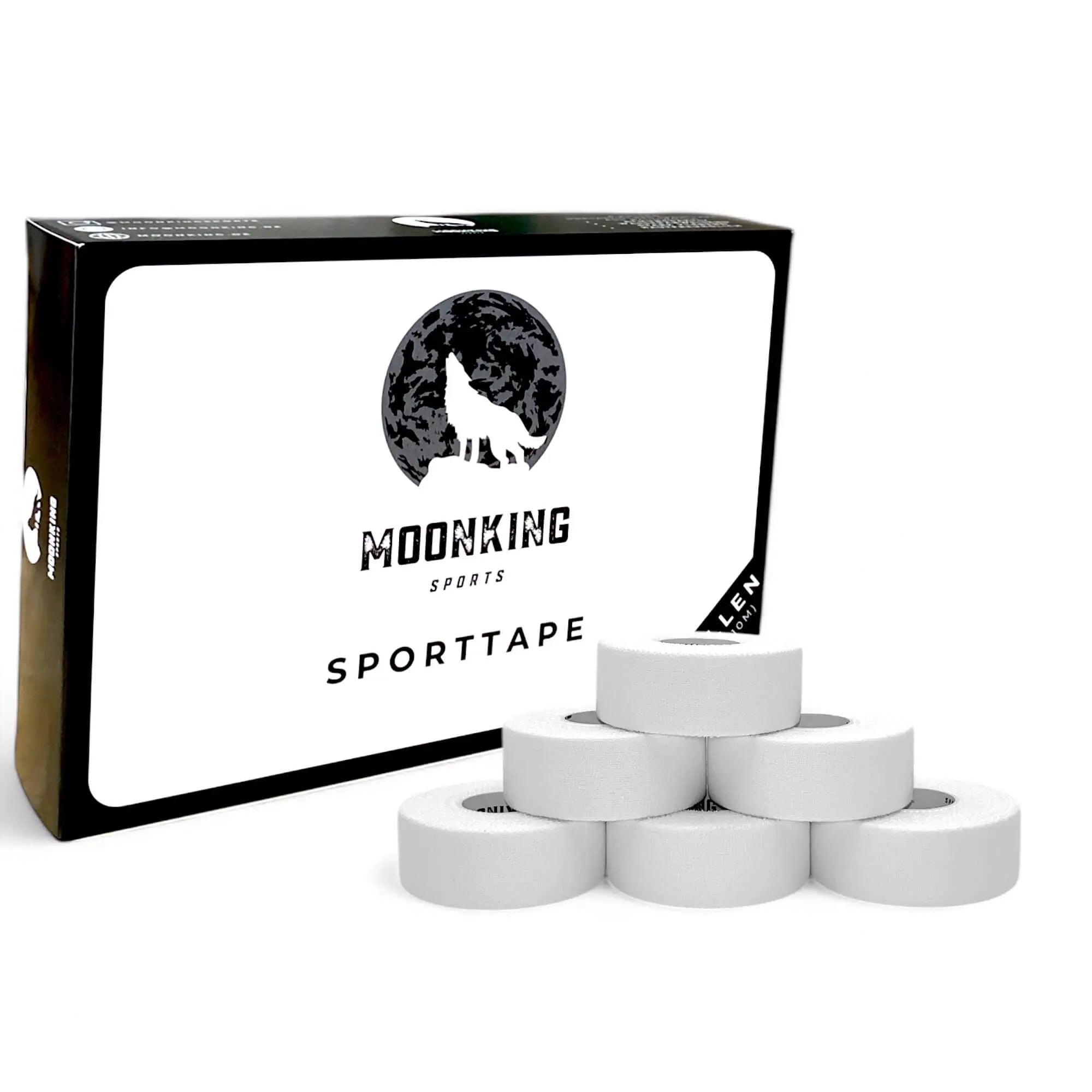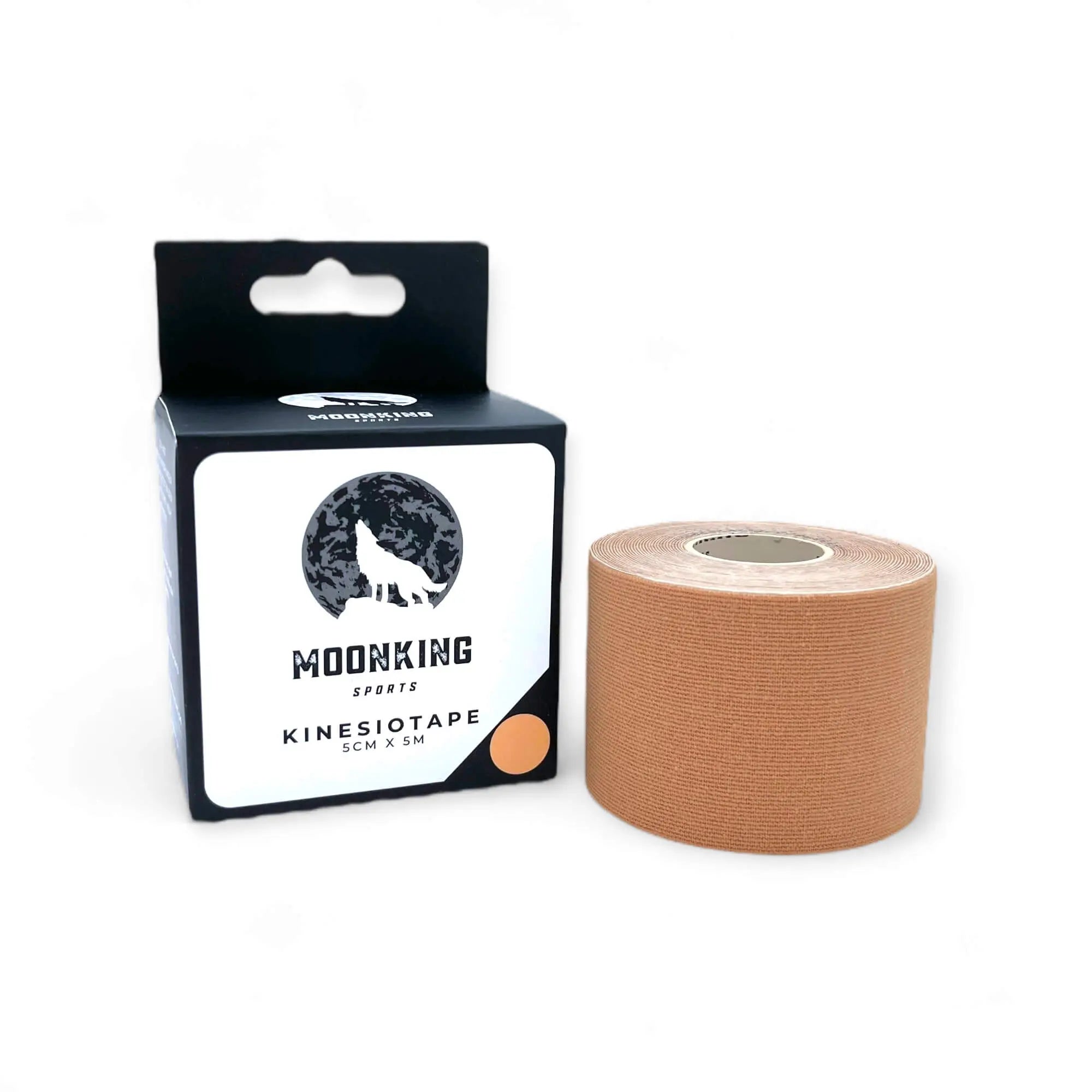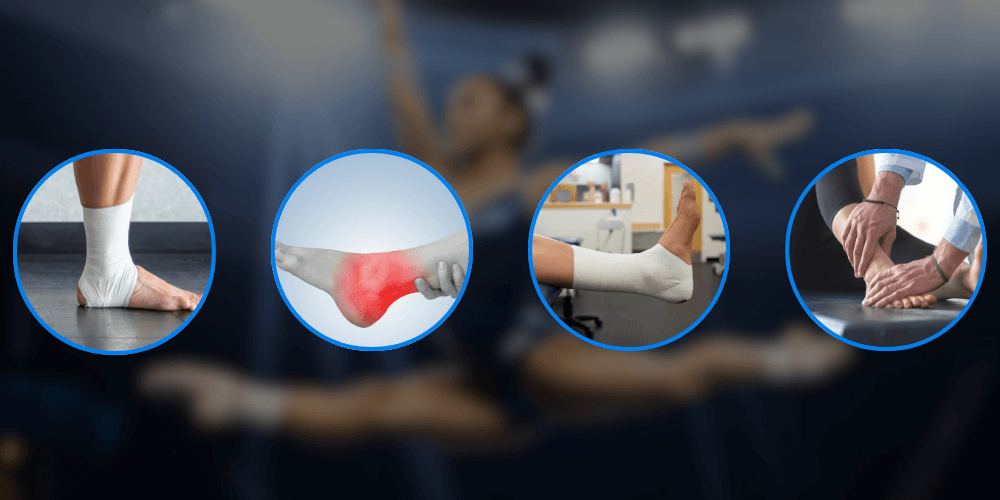Kinesio Taping: Your comprehensive guide to technique, application and effect in sports
Taping, especially kinesio taping, has become an integral part of sports medicine in recent years. Athletes and sportsmen around the world use this method to prevent injuries, relieve pain and sustainably improve their performance. In this article, you will learn everything you need to know about the basics of taping, its historical origins, the different types of tape and how you can best use the technique in your sport.
What is Kinesio Taping and how did it develop?
Kinesio taping was developed by the Japanese chiropractor Kenzo Kase and is based on the idea of supporting the body's natural healing processes using a special tape system. Unlike conventional sports tape, Kinesio tape is highly elastic - it adapts to your skin and allows you almost unlimited freedom of movement. Although the modern form of taping is relatively new, the history of taping goes back a long way: Even in ancient times, simple bandages and dressings were used to stabilize injuries.
How does Kinesio Taping work?
The exact effect of Kinesio Taping is still being intensively discussed scientifically. Nevertheless, there are some theories that explain the positive effects:
- Stimulation of lymphatic transport: The special tape application promotes lymphatic flow, which helps reduce swelling and edema.
- Improvement of proprioception: The tape stimulates receptors in the skin and muscles. This improves your body awareness, which helps you to optimize coordination and movement sequences.
- Pain reduction: Mechanical stimulation of pain receptors and improved blood circulation can help relieve pain.
- Optimization of muscle and joint functions: Through targeted application, the tape can support your muscle activity and at the same time stabilize joint function.
The variety of tape types: A comparison
In addition to the classic Kinesio tape, there are various tape variants that differ in material, elasticity and areas of application. Here is a detailed overview:
| feature | Kinesio tape | sports tape | Rigid Tape |
|---|---|---|---|
| material | cotton with acrylic glue | cotton with acrylic glue | cotton with acrylic glue |
| elasticity | Highly elastic – similar to your skin | Less elastic than Kinesio tape | Not elastic at all |
| thickness | Thin | Medium thickness | Thick |
| Application | Lymphatic flow stimulation, pain reduction, improvement of movement | Stabilization of joints, fixation of bandages | immobilization of joints |
| freedom of movement | Maintains full mobility | Slightly limited | Severely restricted |
| Typical areas of application | muscle tension, strains, swelling, injury prevention | ligament and joint injuries, fixation of injuries | fractures and serious injuries |
Areas of application in sports: Where and how to use taping optimally
Taping is used in almost all sports - whether for injury prevention, pain reduction or to support the healing process. Here are some typical areas of application:
- Injury prevention: Proactive tape application can help prevent overuse symptoms and injuries.
- Pain reduction: In case of muscle tension, strains or inflammation, the tape relieves the symptoms.
- Supporting healing: Taping can speed up the healing process and minimize scarring.
- Optimization of movement sequences: A targeted tape application improves your movement coordination and thus increases your athletic performance.
Sport-specific applications
- Football: Taping for ankles, knees and thighs can improve stability and mobility.
- Basketball & Volleyball: Tapes on ankles, knees and shoulders provide additional support and reduce the risk of injury.
- Athletics: Special taping on the ankles, knees and back helps to minimize strain.
- Tennis & Golf: Tapes for elbows, shoulders and back support optimal movement execution.
- Weight training: A well-applied tape on your back, shoulders and knees can stabilize you when lifting heavy weights.
- Martial arts: By taping your ankles, knees and shoulders you can better control your movements and avoid injuries.
Important aspects of taping application
Correct application is crucial for the success of taping. Here are some important points to consider:
- Preparation: Your skin must be clean, dry and, if necessary, hairless. This is the only way the tape will adhere optimally.
- Cutting techniques: There are different cutting techniques that are used depending on the goal and body part. Get instruction from an expert to learn the technique perfectly.
- Application techniques: Make sure that the tape is applied with the correct tension and in the correct direction to achieve the desired effect.
- Duration of wear: The length of time the tape is worn depends on the type of injury and the healing process. As a rule, the tape should remain on the skin for a few days.
- Risks and side effects: Although taping is well tolerated, allergic reactions or skin irritations can occur in rare cases. Incorrect use can also lead to a worsening of symptoms.
Future of Taping: New Developments and Trends
Research in the field of taping is dynamic and new materials and techniques are constantly being developed. Future trends could include the integration of digital tools and apps that offer you individual taping instructions. These developments promise to make the application even more precise and effective and help you to optimally achieve your training goals.
Conclusion
Taping, and especially Kinesio taping, is a versatile method to improve your athletic performance and prevent injuries. It combines modern materials with proven principles to give you maximum freedom of movement, pain relief and support in the healing process. With in-depth knowledge and the right technique, you can exploit the full potential of taping - whether you are a professional athlete or an ambitious recreational athlete.
Get advice from experienced therapists and trainers to learn the best possible tape application for your individual needs. This will not only ensure you receive optimal support during training, but will also make a significant contribution to a quick recovery and a long-term improvement in your performance.









